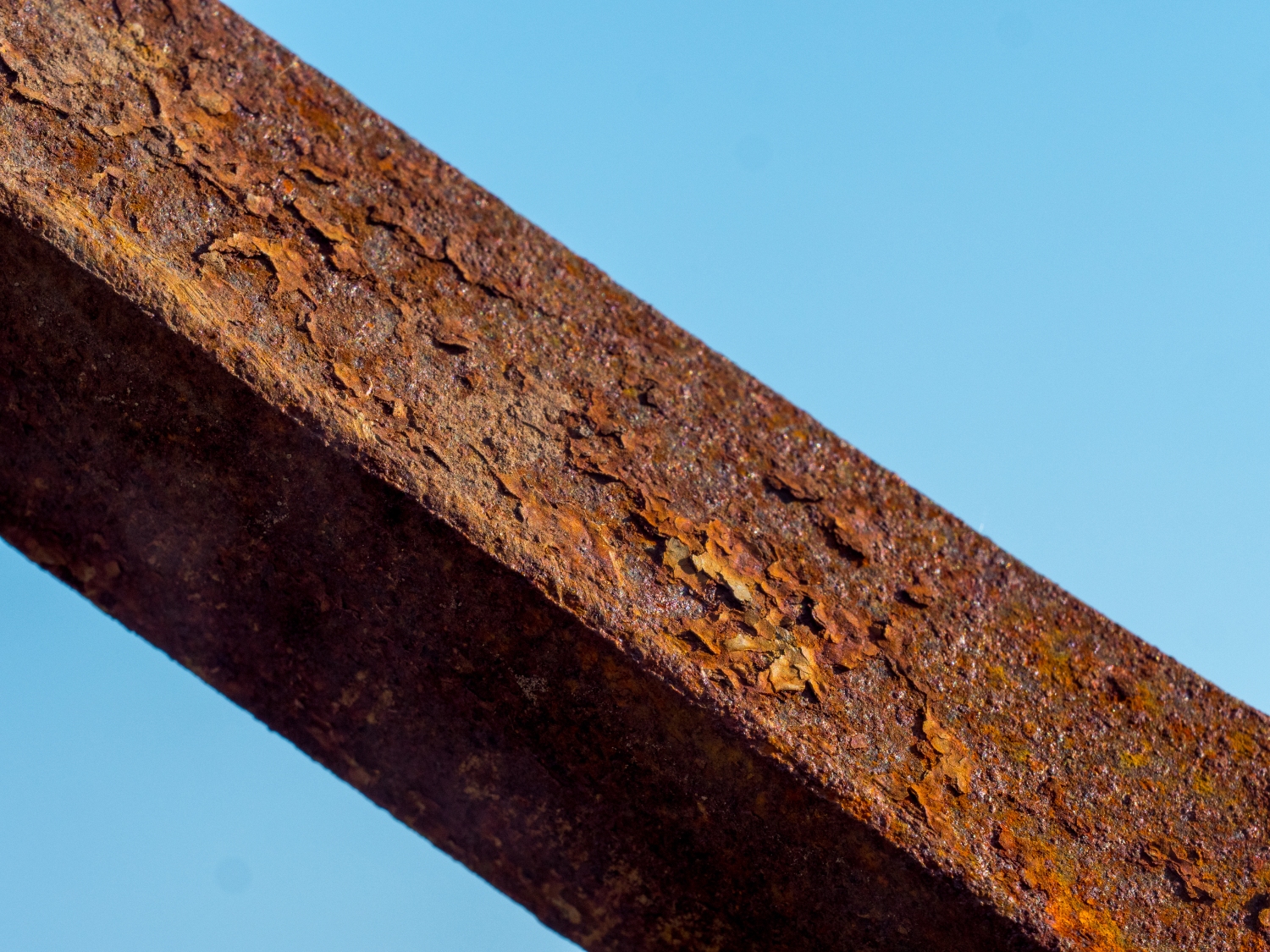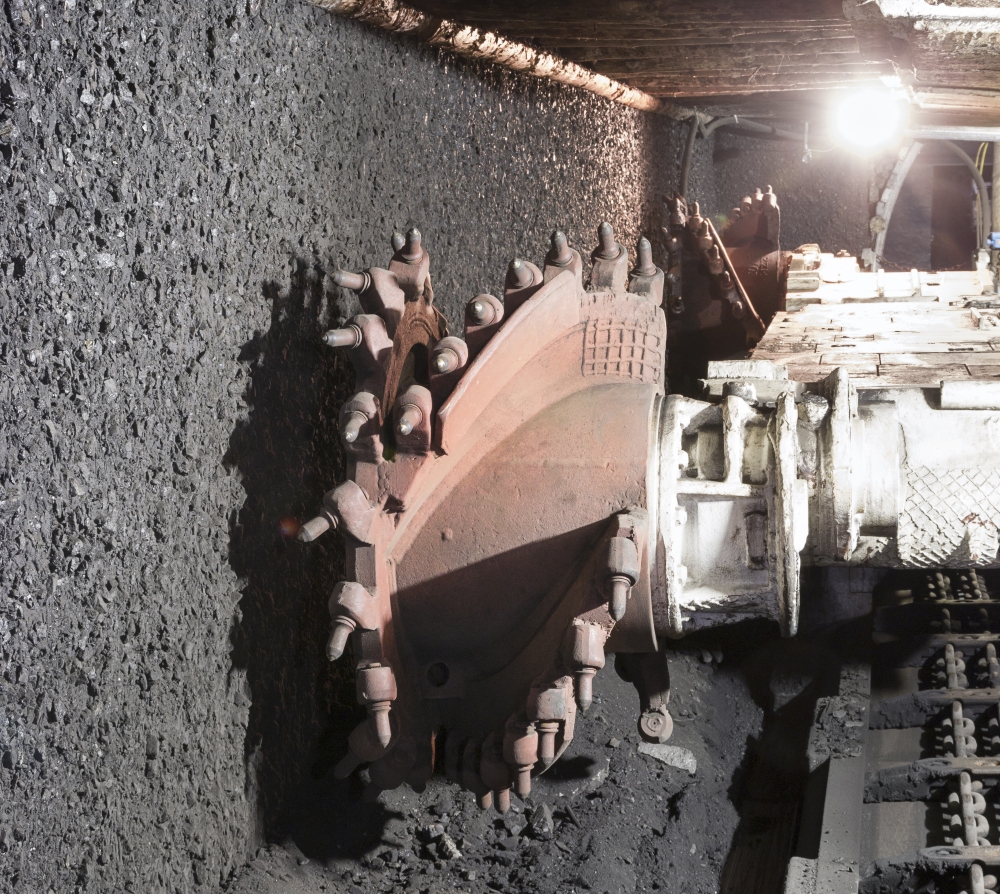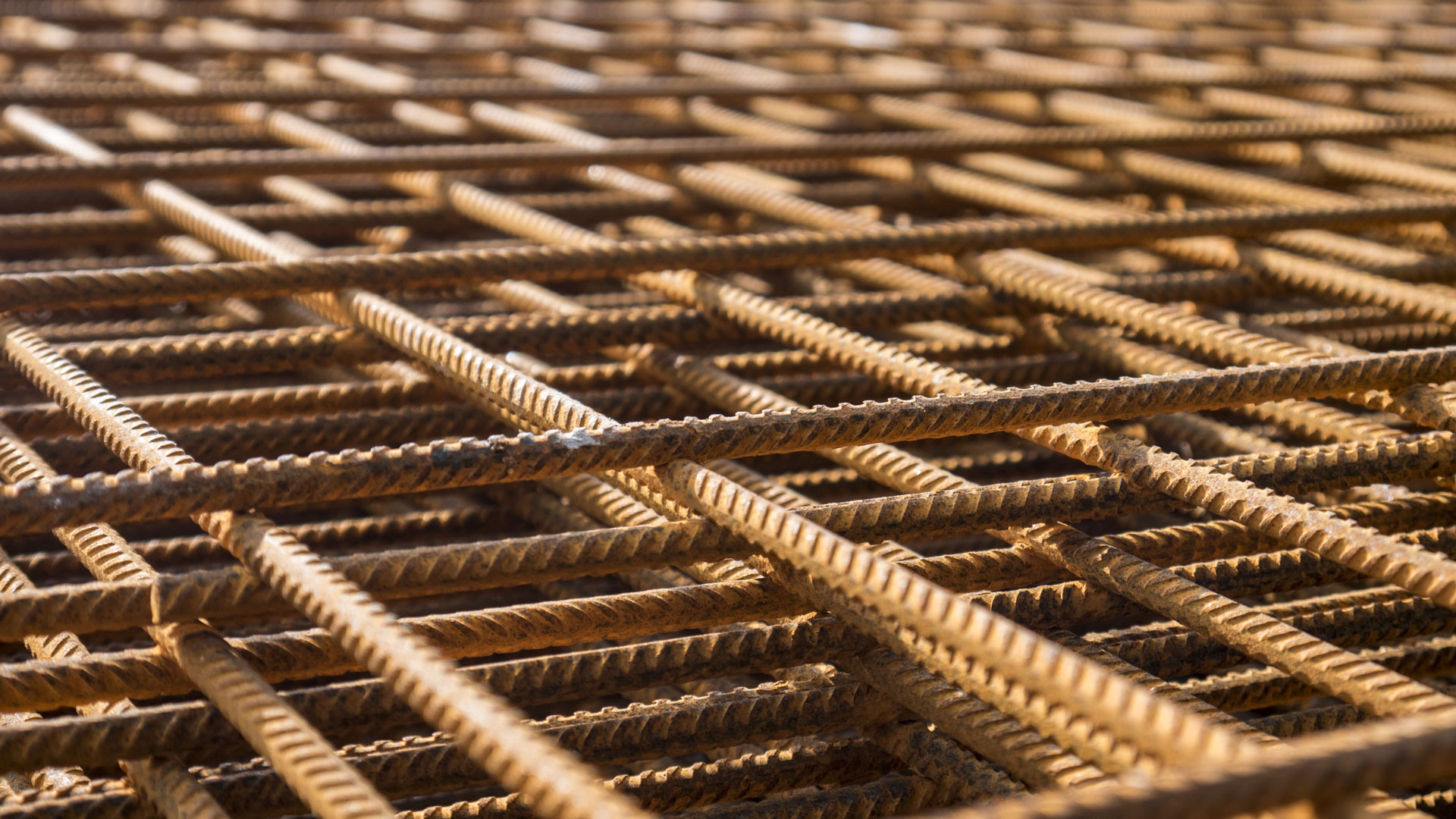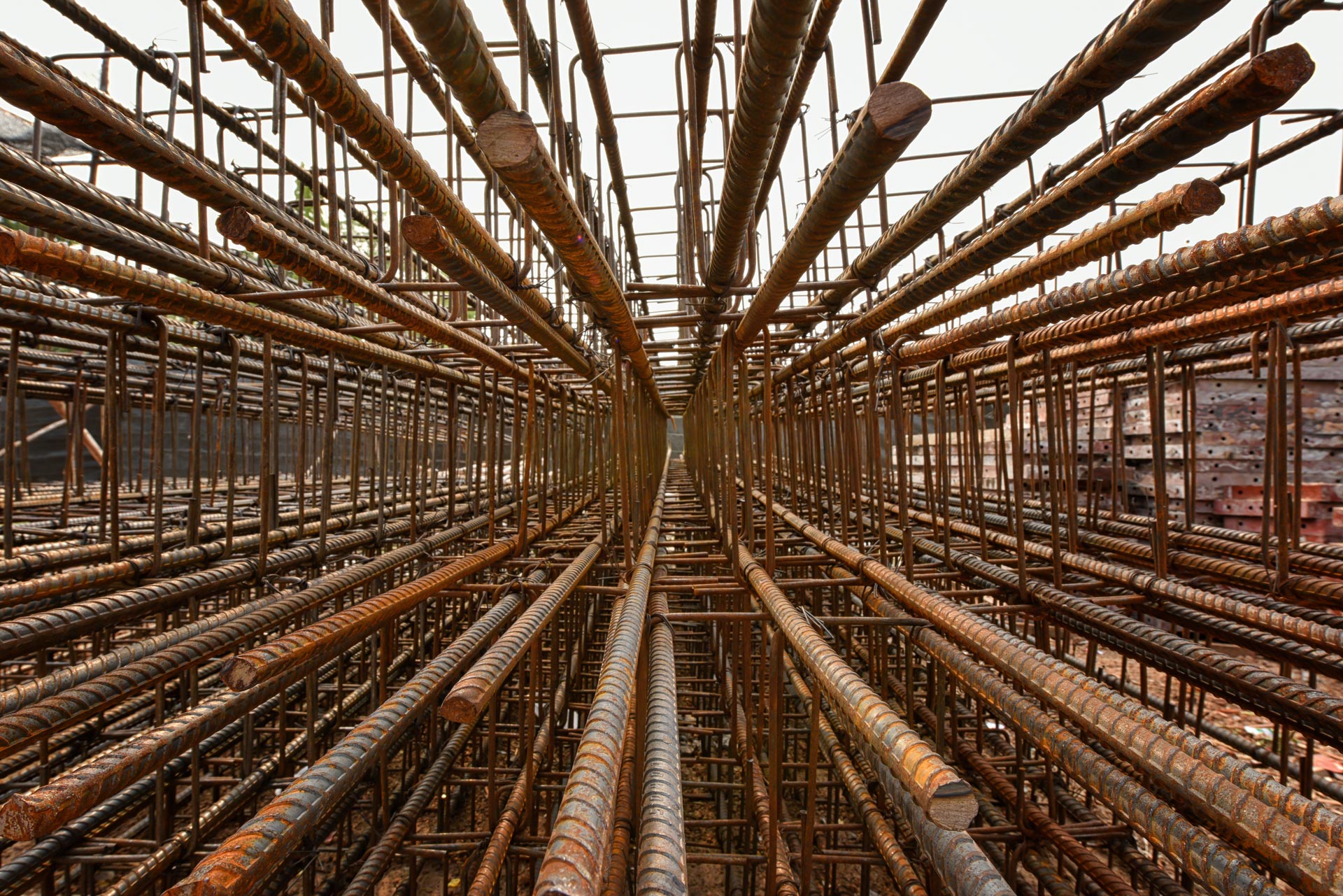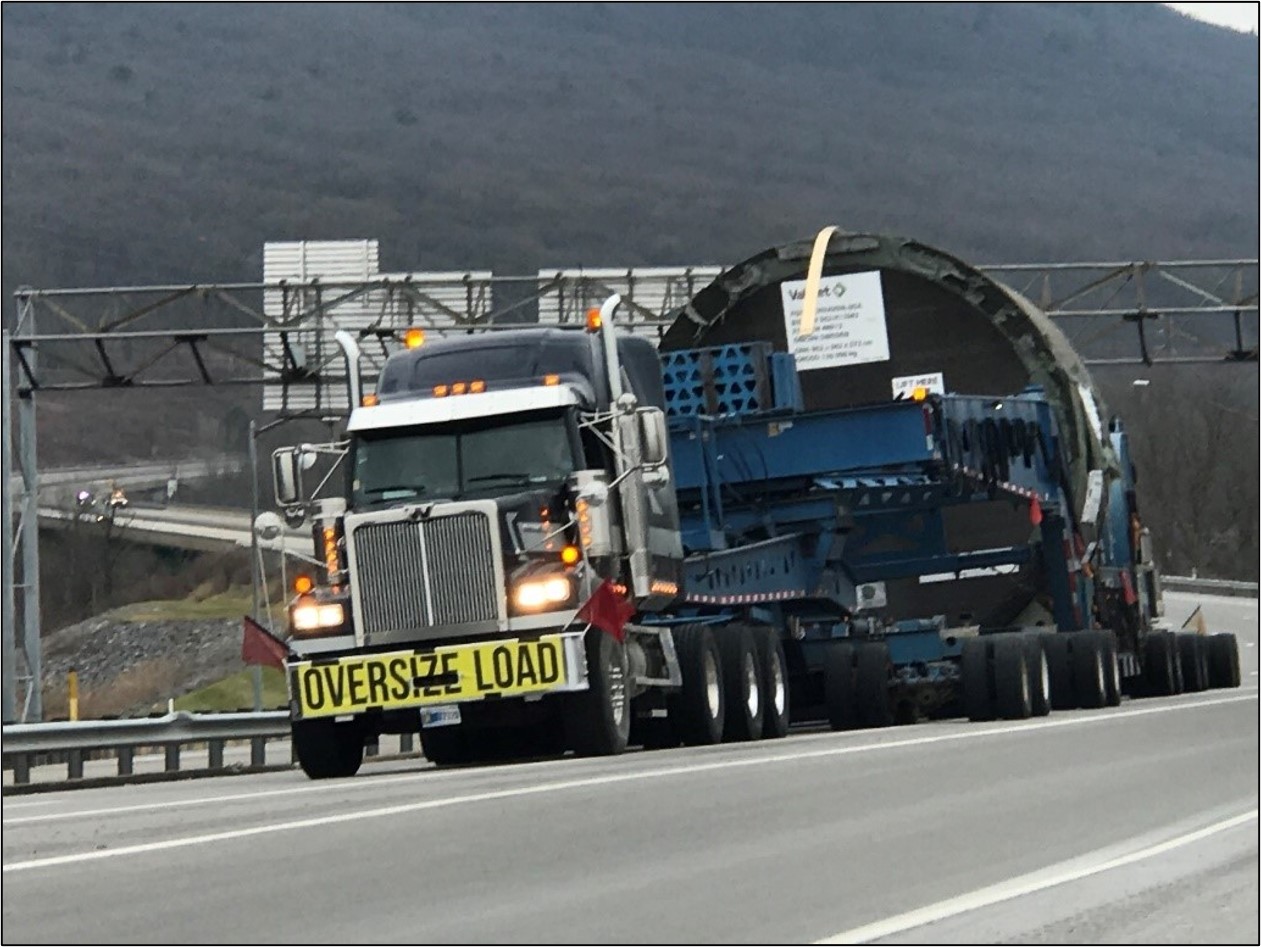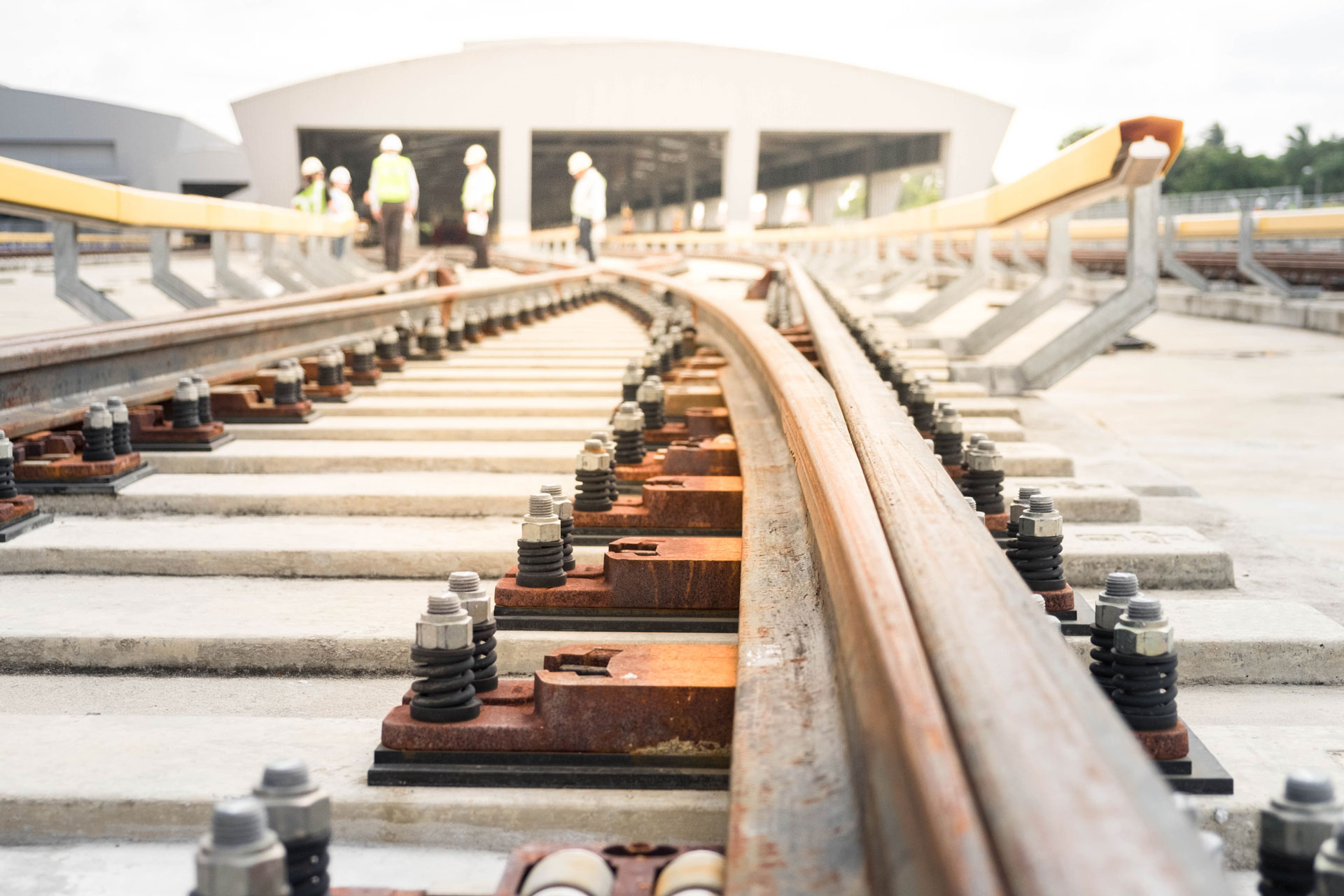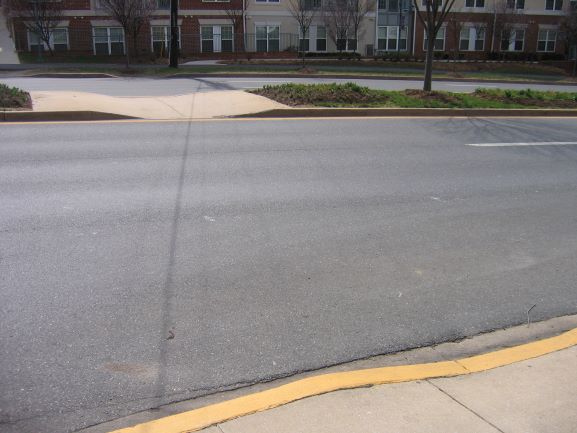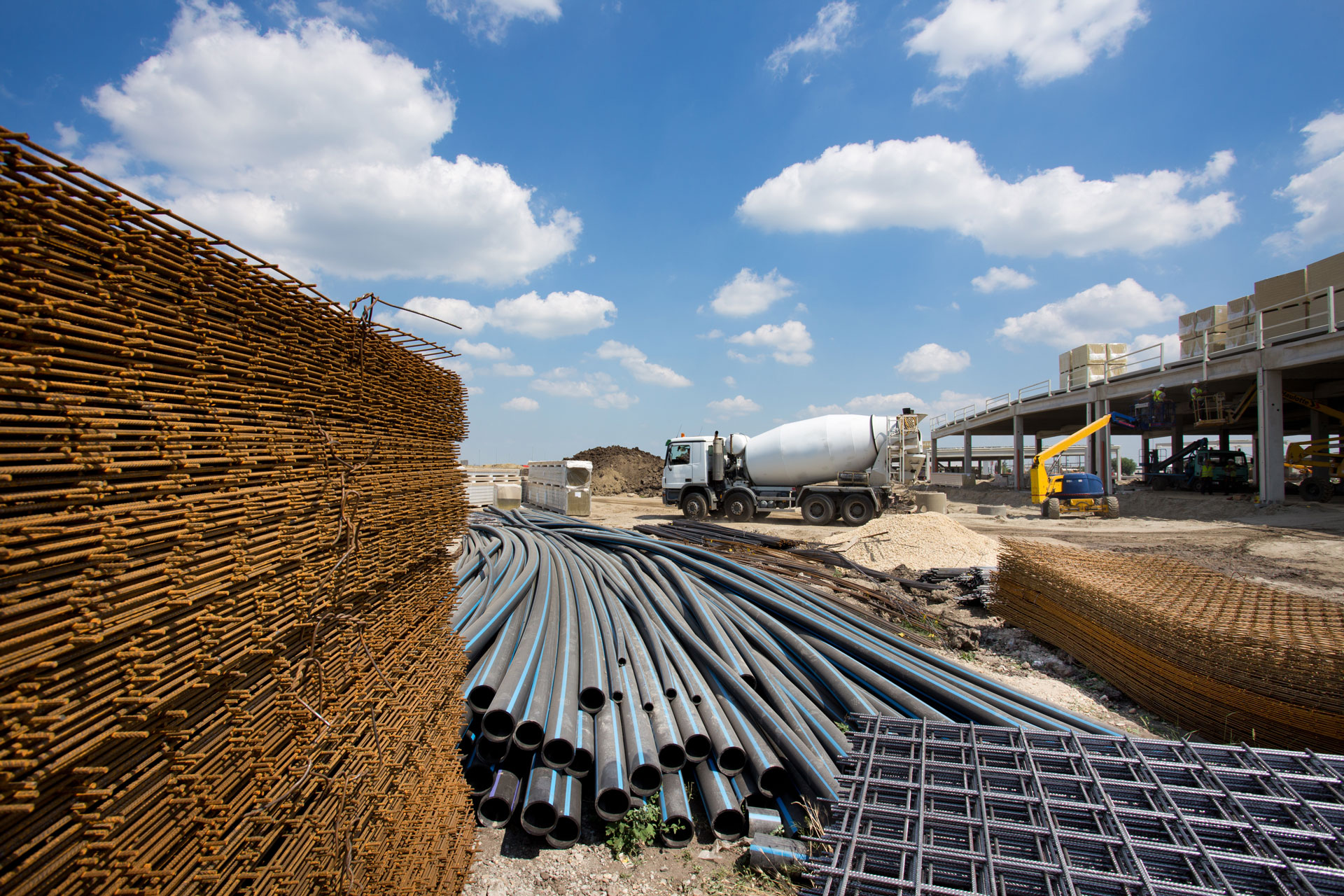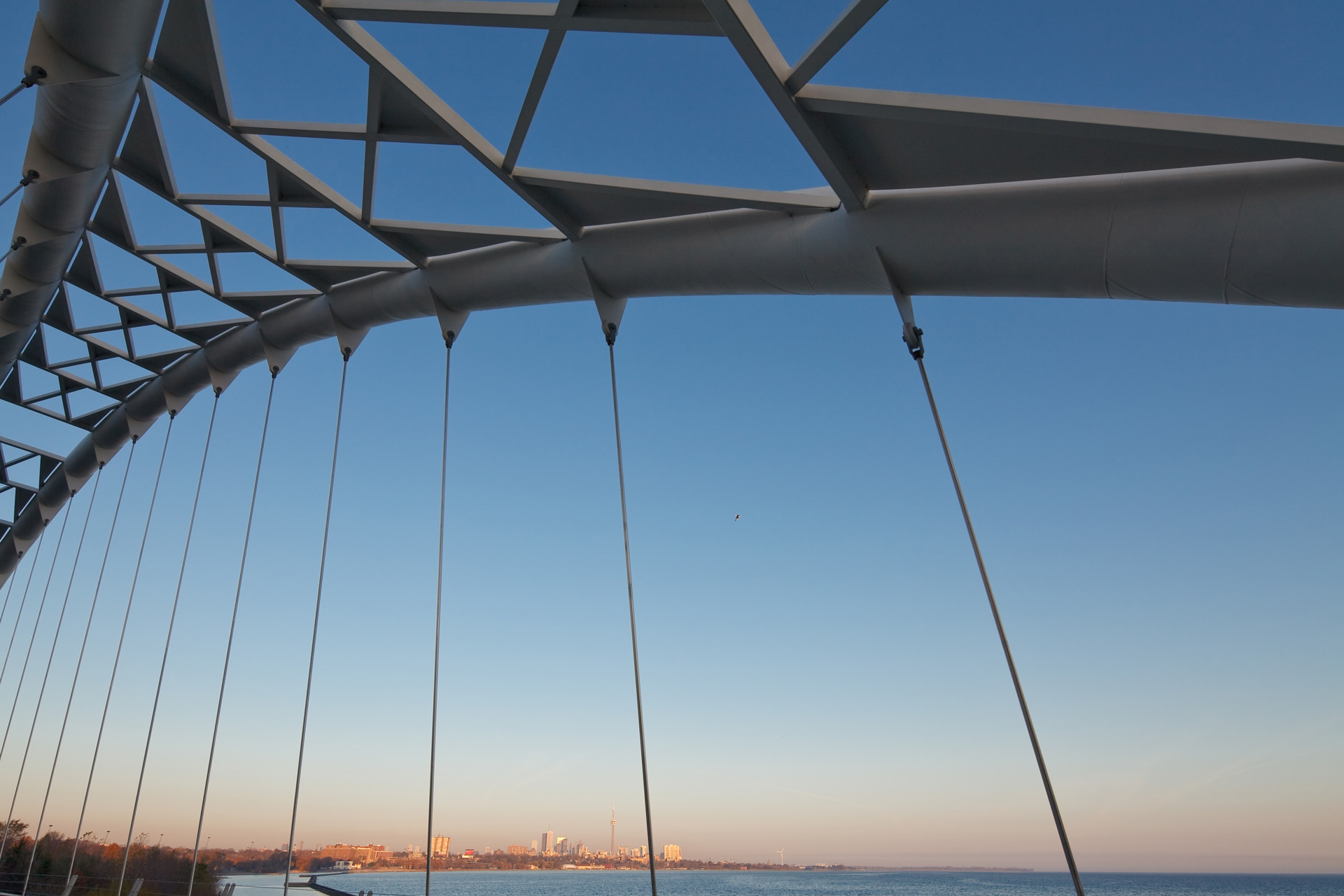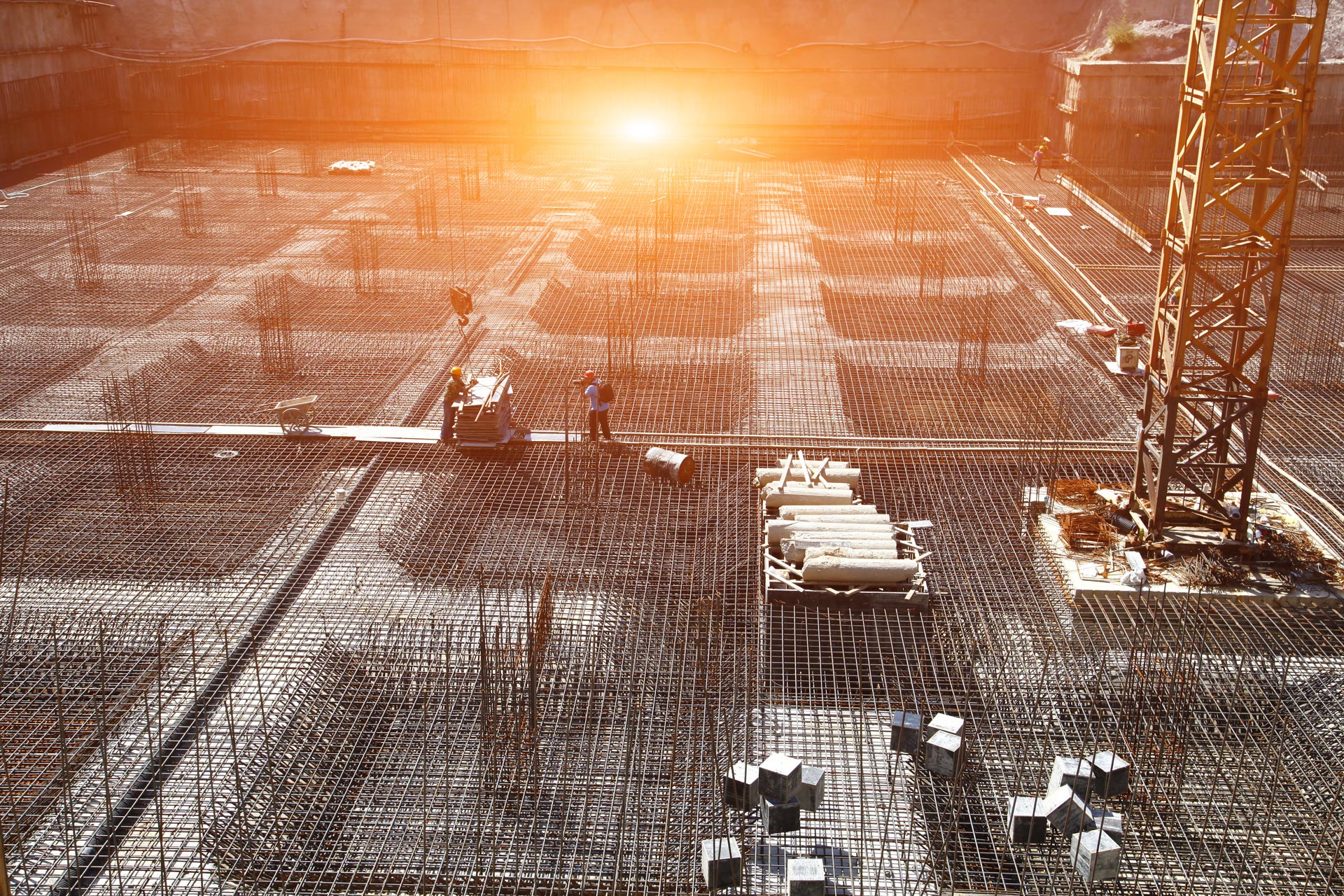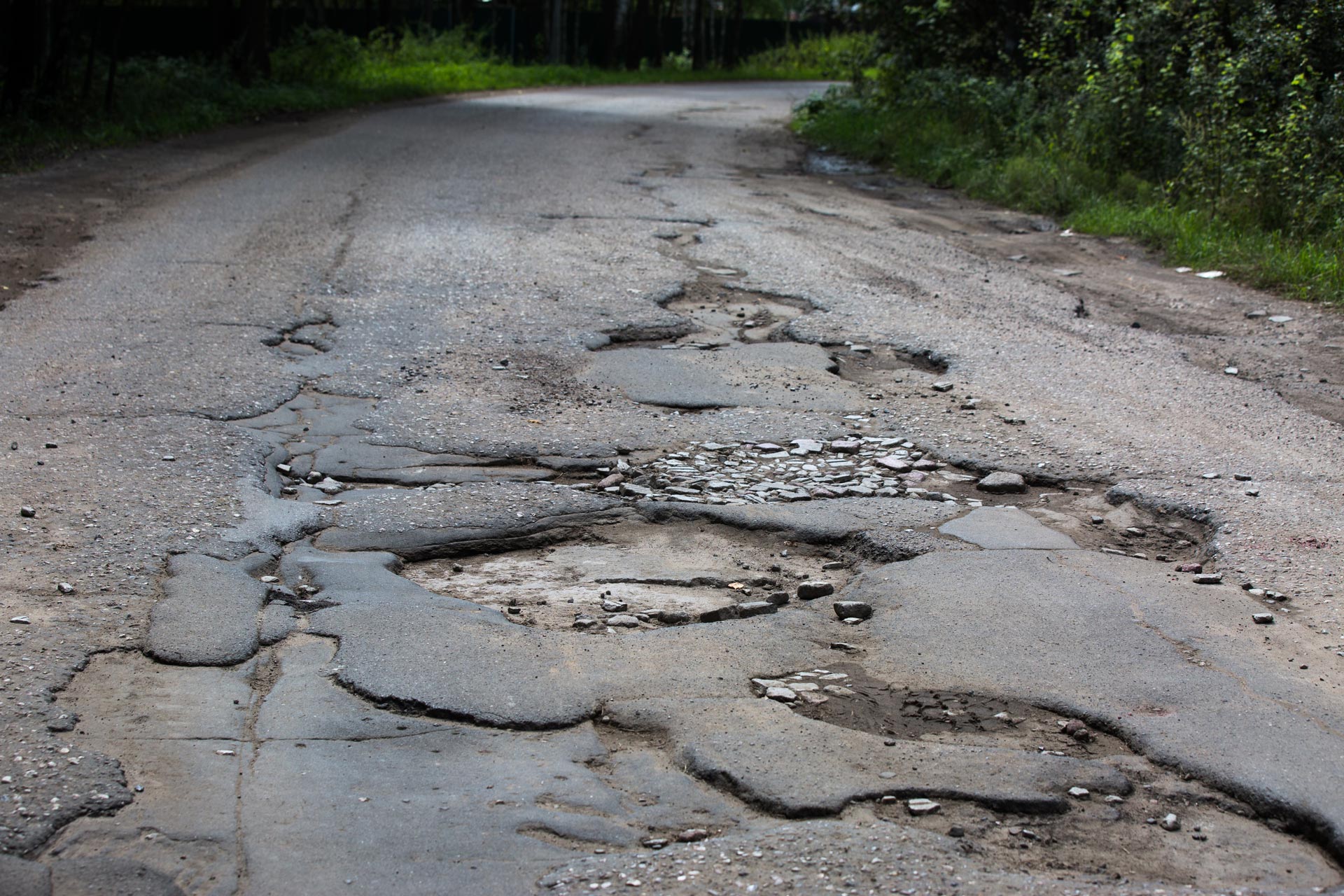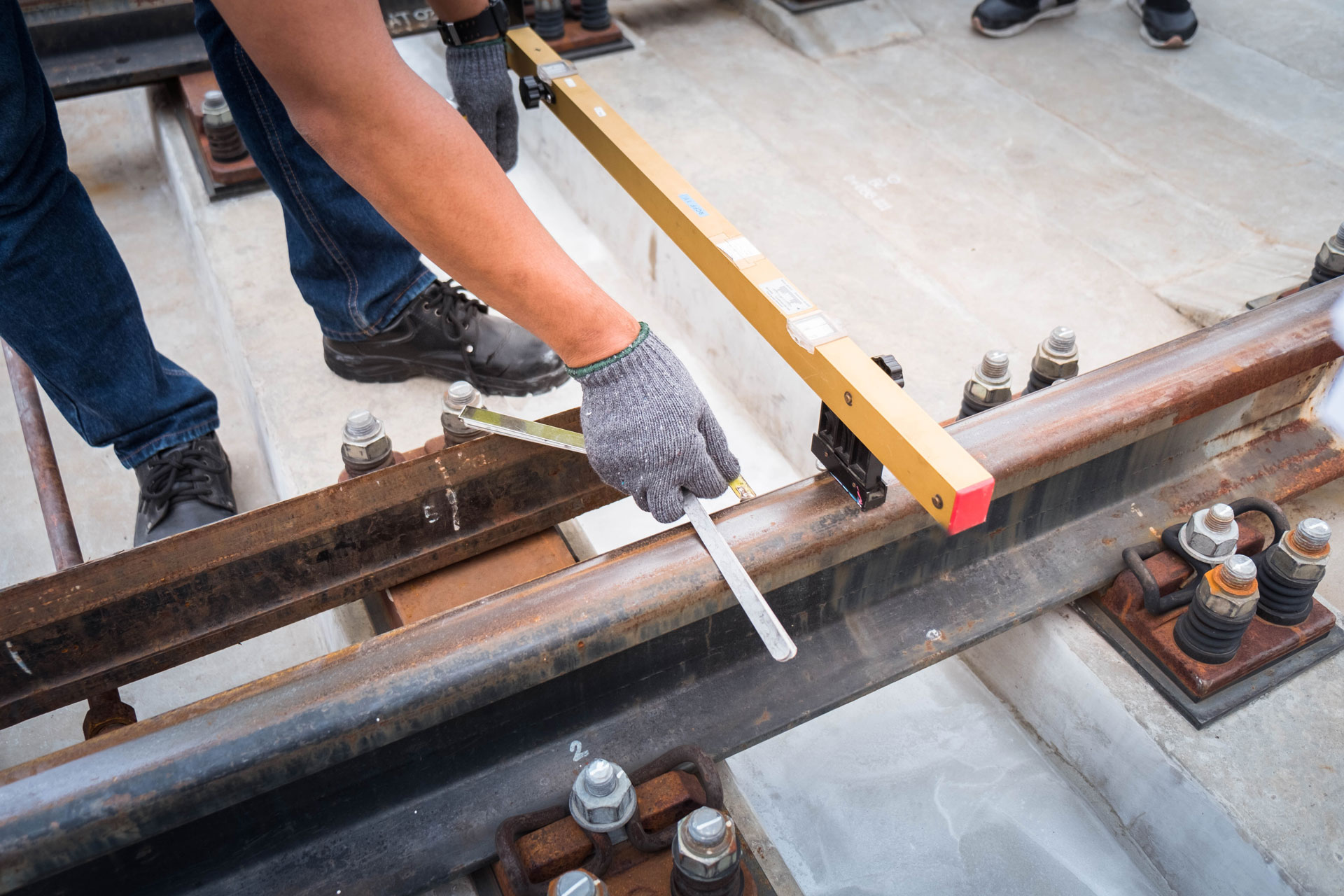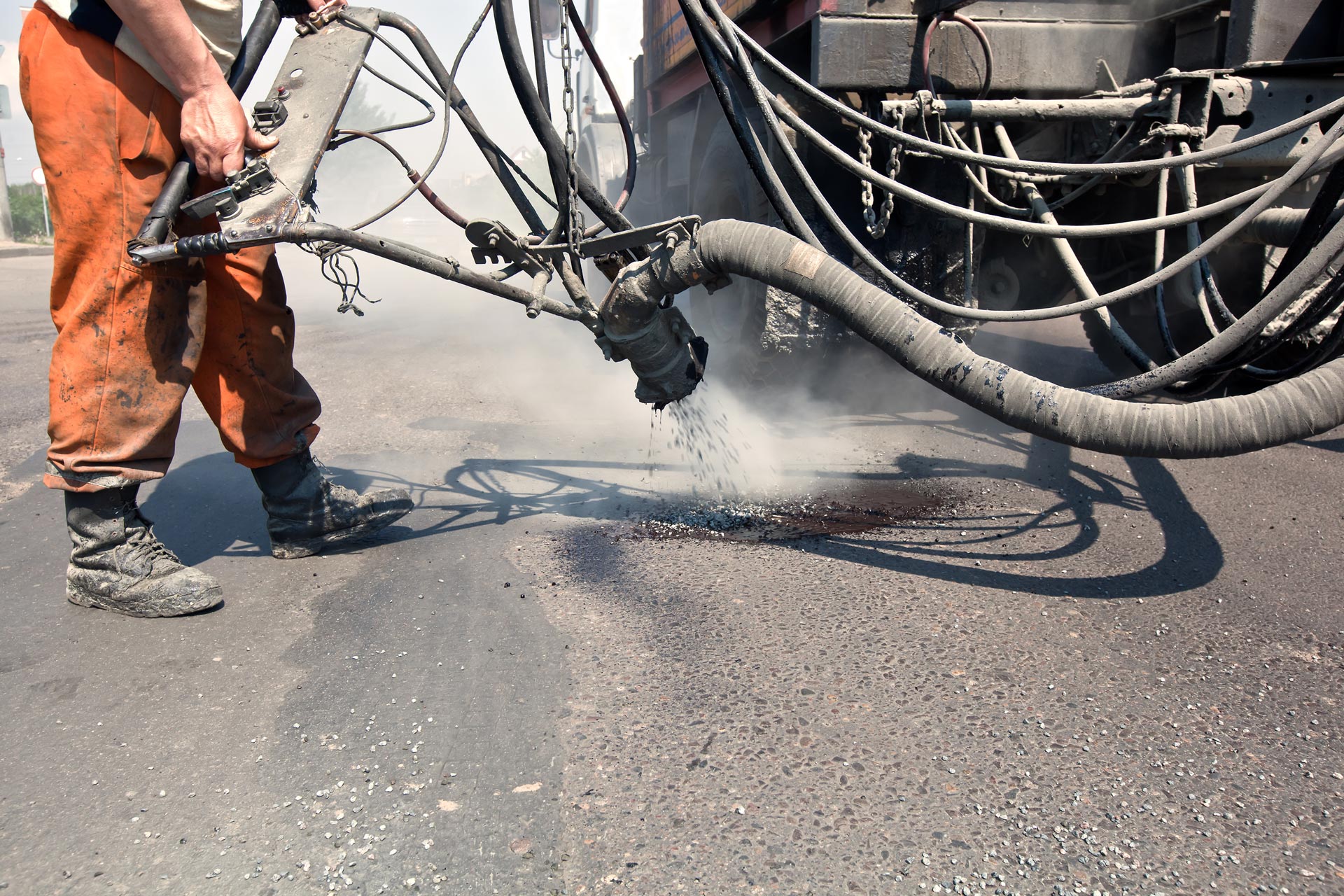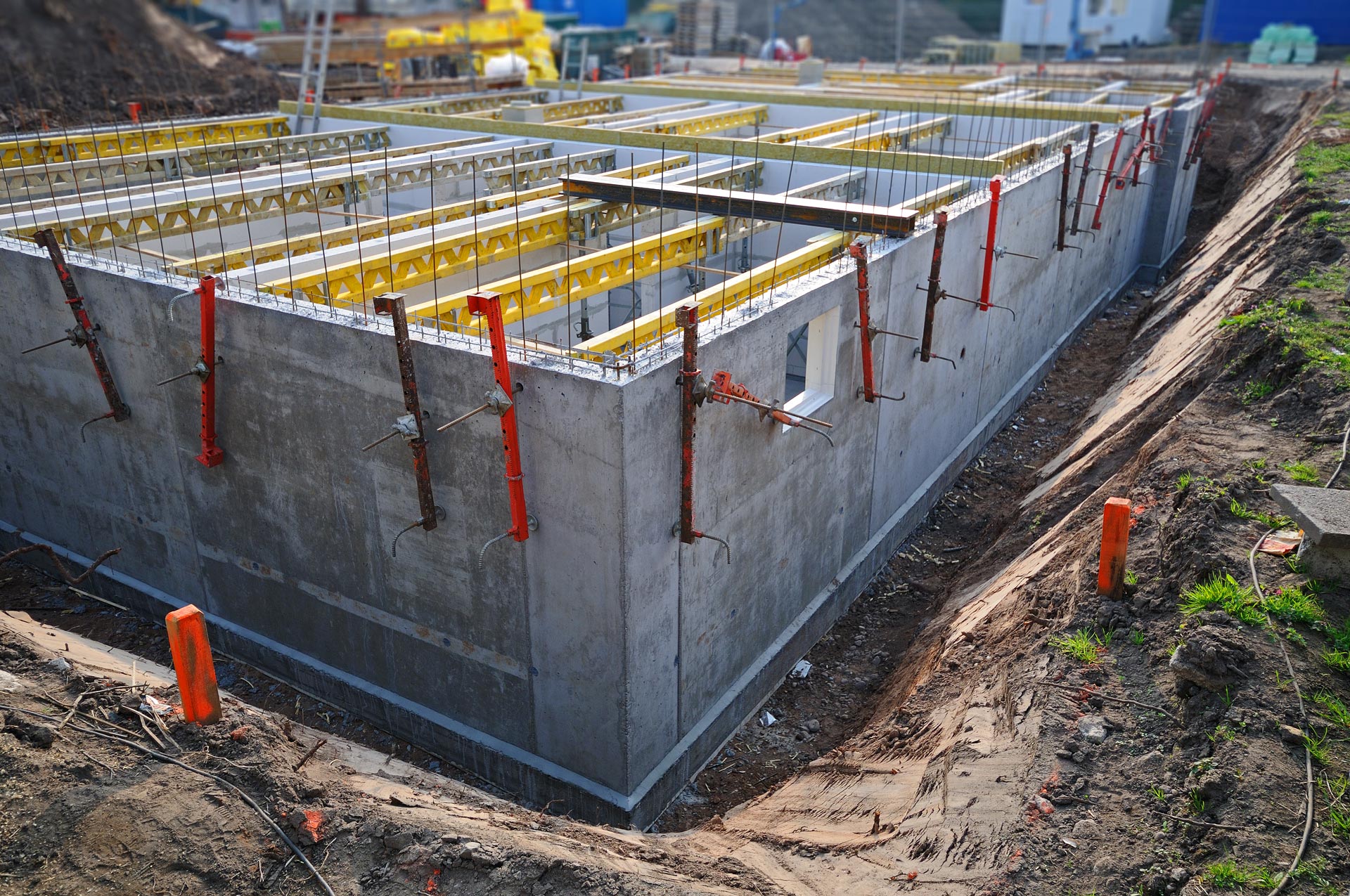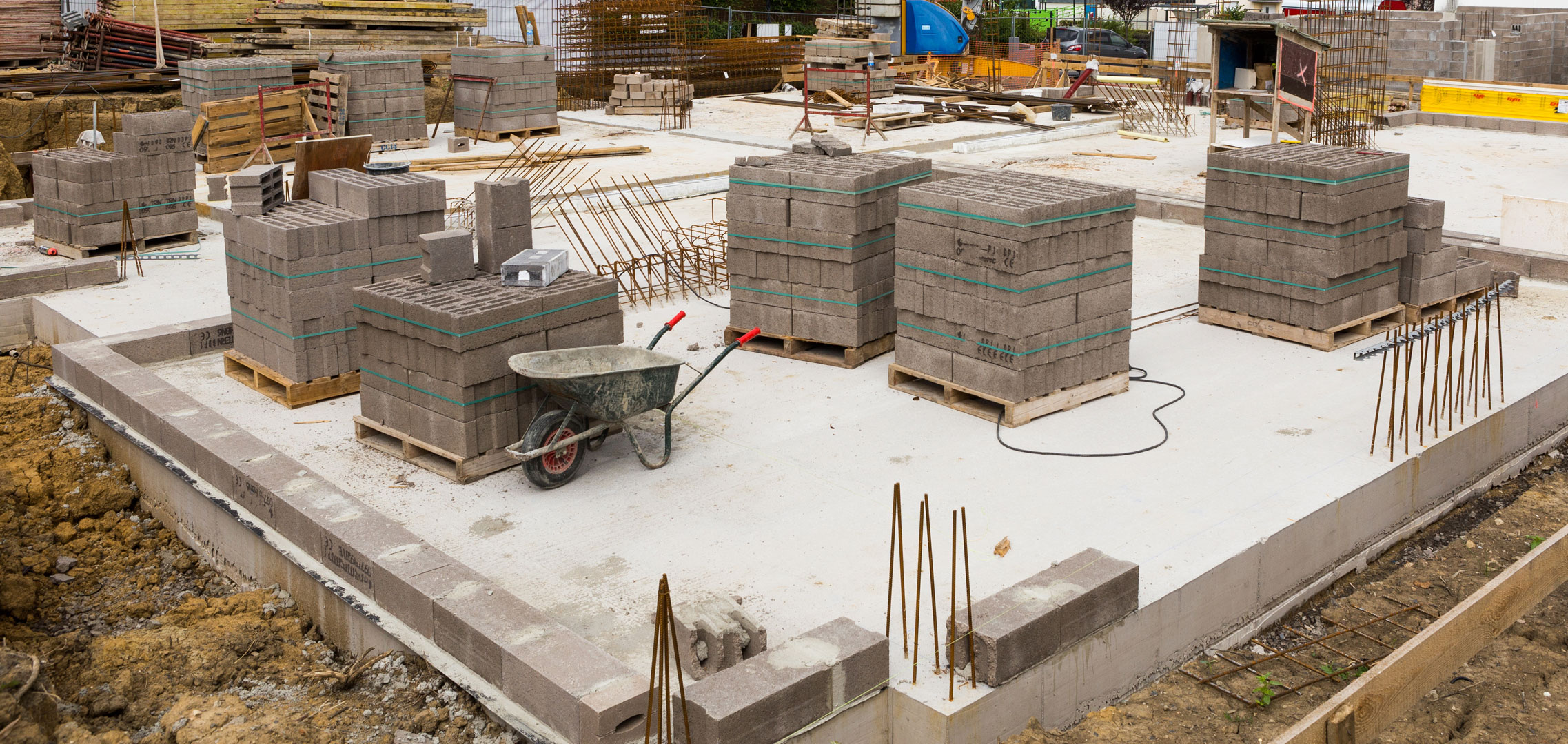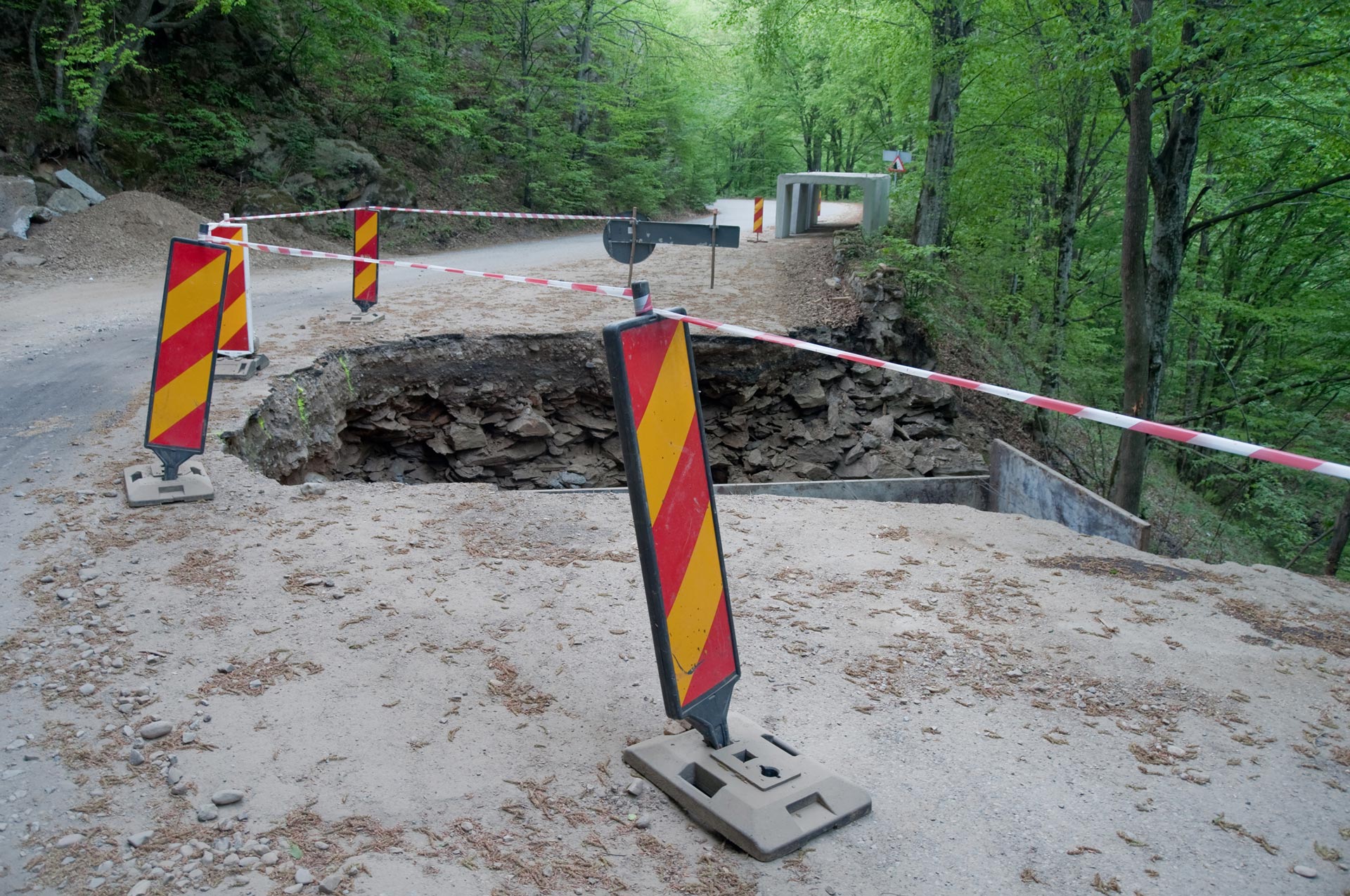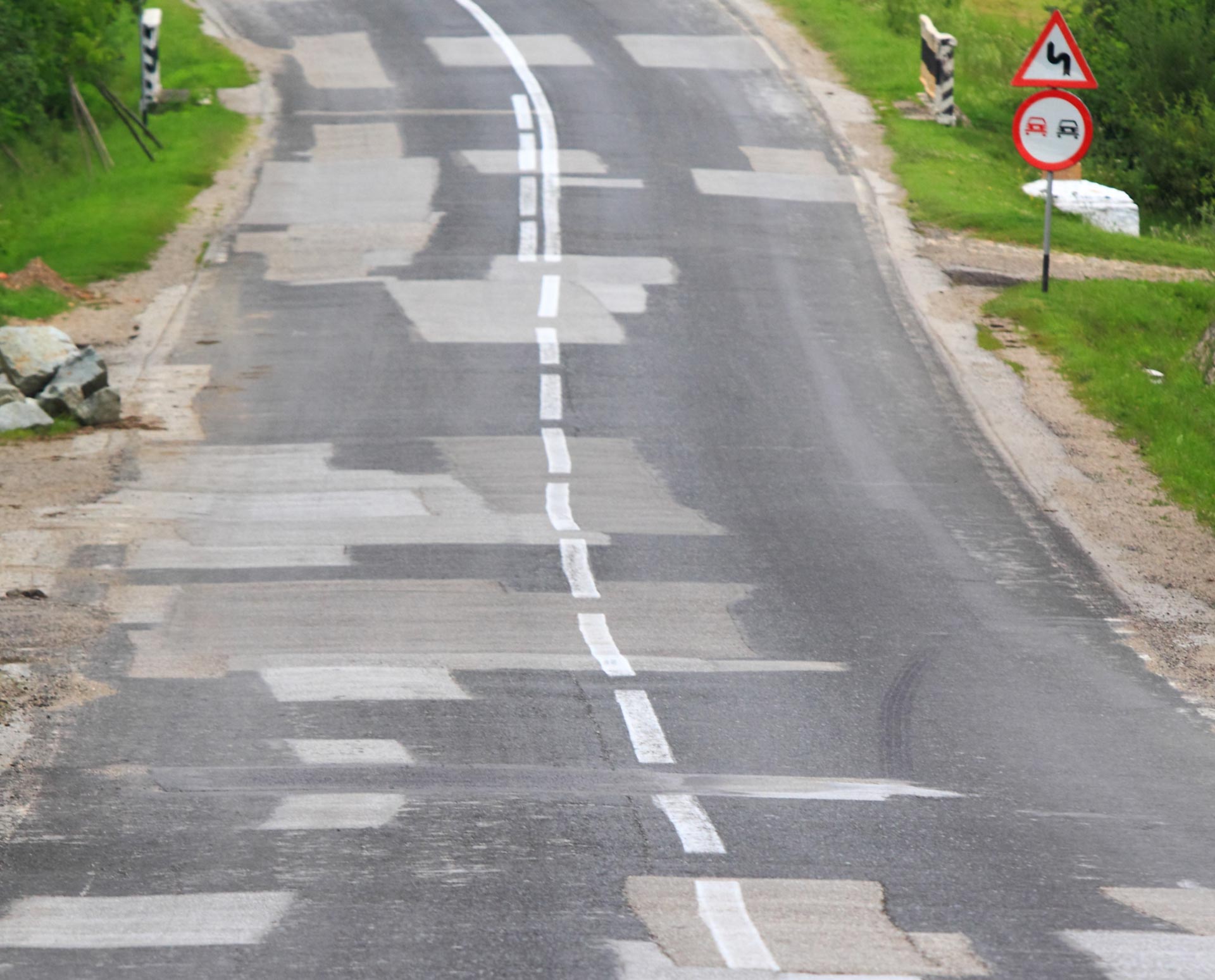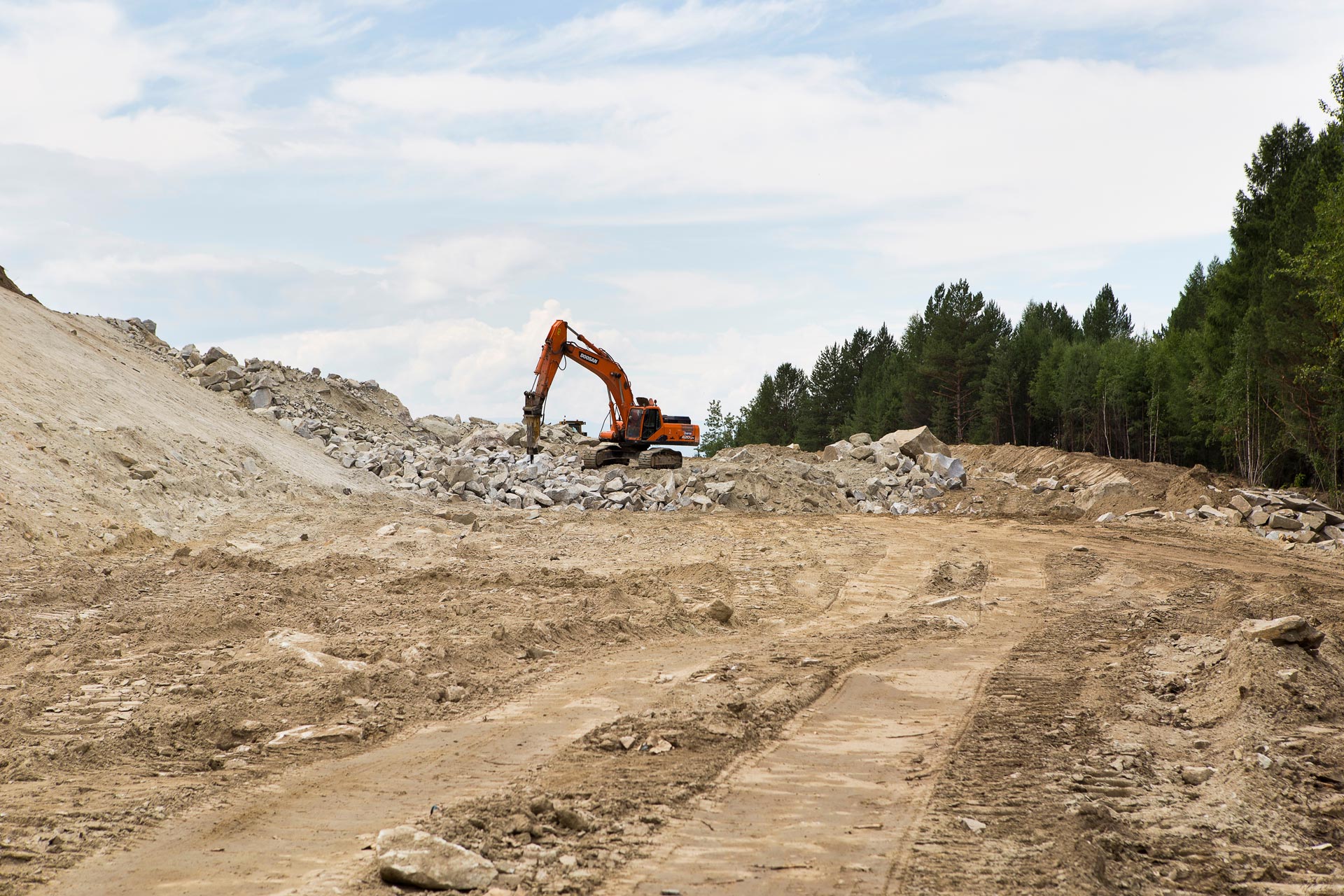50 KSI Steel Piles
Background: The objective of this study is to re-evaluate the adoption, with the objective of potentially extending the utilization of Fy = 50 ksi for the structural capacity of steel H-piles (AISC HP sections) for bridge foundations. Specific consideration is given to the current capacity equations, Pn = 0.66AsFy and Pr = 0.33AsFy, with the objective of their confirmation or revision; potentially permitting fewer piles for a foundation and an associated cost savings.
Findings: The impacts of these revisions, including those upon foundation settlement, are evaluated and recommendations for the revision of DM-4 (as amended by SOL 483-14-04) are provided.
Results: Results indicate that the AASHTO permitted pile capacity of 0.5AsFy is not technically achievable without the reduction in required over strength permitted using a PDA. Even using a PDA, this capacity may only be achievable for smaller pile sections. The SOL 483-14-04 permitted pile capacity of 0.5(0.66)AsFy in which Fy = 50 ksi is achievable in cases considered although driving stress in large HP14x117 piles approaches the limit of 0.9AsFy. The theoretical increase in pile capacity realized by accounting for the increase of Fy from 36 to 50 ksi and the revisions to the PennDOT standard results in a theoretical increase in pile capacity of 131% by increasing Fy from 36 to 50 ksi; this increase is achievable for all cases considered. Driving piles to the maximum permitted driving stress of 0.90AsFy = 45 ksi, resulted in pile capacities ranging from 0.64AsFy to 0.76AsFy with smaller pile sections having marginally higher achievable capacities. Analysis of bearing pile settlement indicated that piles having Fy = 50 ksi and design capacities up to the AASHTO-specified capacity of 0.50AsFy will not exhibit settlements greater than approximately 1 in. at service loads.
Benchmark comparisons with available CAPWAP analyses confirmed the method of WEAP analysis to obtain a reasonably accurate driving analysis.
A representative cost analysis – normalized on the basis of 100,000 kips driven pile capacity and a number of fundamental assumptions concluded that increasing the design capacity of a pile results in a decrease in cost per driven pile capacity although due to the need for larger hammers and cranes, permitting design capacities greater than 16.5 ksi results in only marginal additional savings
Recommendations: It is recommended that the nominal compressive resistance of braced piles be calculated as Pn = FyAs (i.e., per AASHTO 2014 Eq. 6.9.4.1.1-1) and a value of φc be adopted that addresses the approach to bearing pile design in Pennsylvania practice. Adopting such a single φc factor approach would allow most of §6.15.2 and much of 6.15.3 to be deleted from DM-4 thereby better aligning DM-4 with AASHTO, simplifying design and mitigating opportunities for confusion and/or error.
Adopting the value ϕc = 0.33 for severe driving conditions is mathematically equivalent to the present SOL 483-14-04 provisions while allowing the noted clauses to be deleted. Limiting driving stress to 0.9Fy = 45 ksi as recommended by AASHTO and SOL 483-14-04 is believed to be appropriate.

